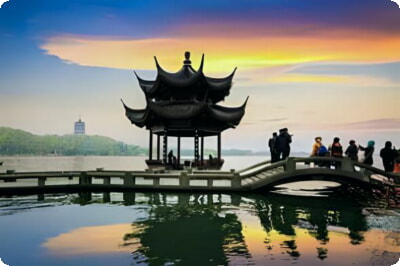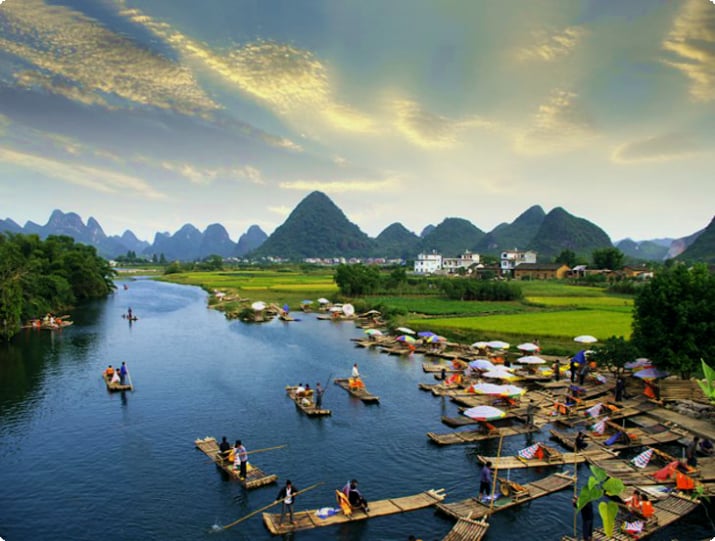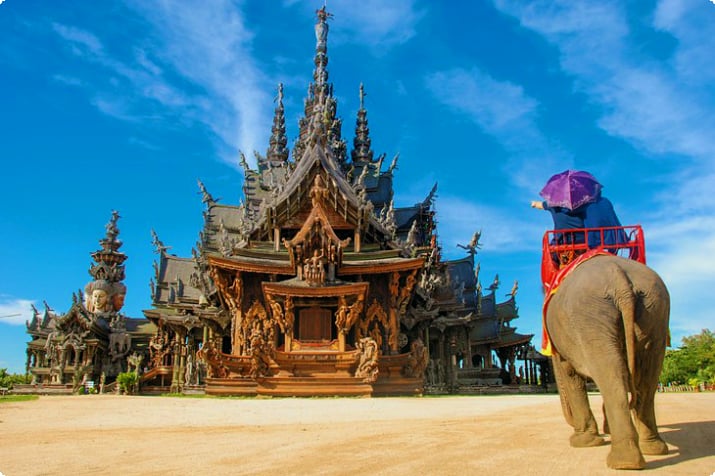Exploring the Silk Road: Dunhuang and Jiayuguan
Written by Anietra Hamper
Travelers seeking adventure in China's northwestern reaches will find unique experiences in Gansu Province's Dunhuang and Jiayuguan, two cities that embody the history of the ancient Silk Road. This legendary trade route connected China with Central Asia and Europe, and these cities offer a glimpse into the past.
Dunhuang, once the final stop before the Gobi Desert and the first oasis upon return, is home to the remarkable Mogao Grotto Caves. These hidden caves, carved into a mountain, have been preserved for modern visitors to explore.
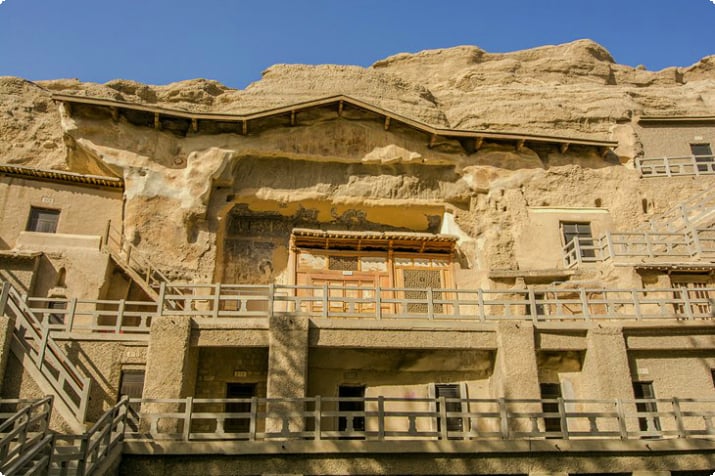
Mogao Caves
Experience the Silk Road's legacy with a camel trek across the Mingsha Sand Dunes at sunset, imagining the journey of ancient travelers.
A visit to Jiayuguan, 386 kilometers east of Dunhuang, complements the experience. The city's Jiayuguan Pass features a fort complex and the westernmost end of the Great Wall, offering a less crowded encounter with this iconic structure.
Spending a day in each city allows for a relaxed exploration of their highlights.
Mogao Caves
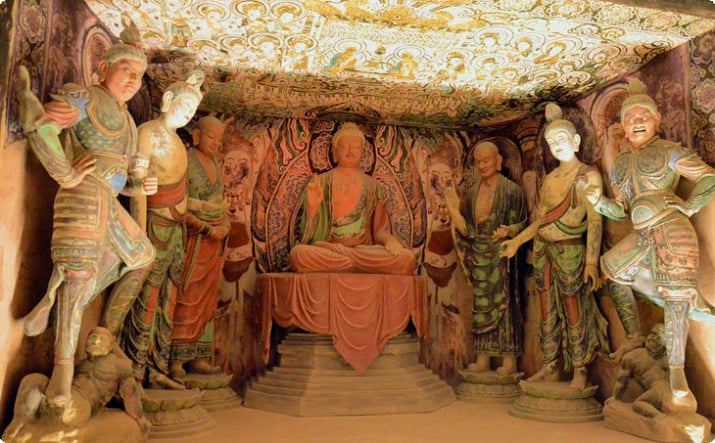
Mogao Caves | Photo Copyright: Anietra Hamper
The Mogao Caves, a UNESCO World Heritage site, are a testament to the region's religious, historical, and cultural significance. These 492 caves, dating back to AD 366, contain ancient Buddhist art and statues. The most impressive is "Cave 096," with its 35-meter-tall Buddha statue.
Visitor numbers are limited to 6,000 per day, and photography is prohibited inside the caves. It's advisable to bring a flashlight and book tickets in advance.
Camel Treks
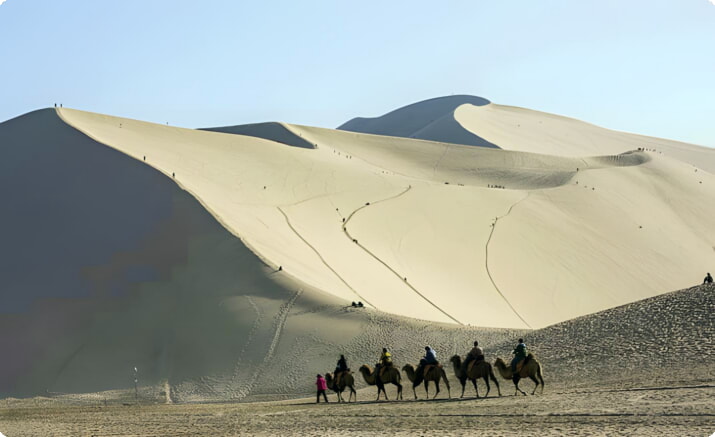
Camel treks in the sand dunes
For a memorable Dunhuang experience, join a guided camel trek through the Mingsha Sand Dunes. You may also try dune sledding for a small fee, offering a panoramic view of the area. Remember to bring protective gear for the desert conditions.
Great Wall in Jiayuguan Pass
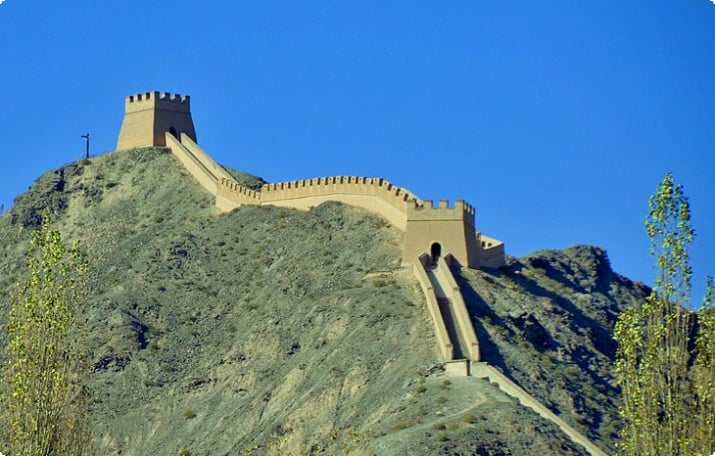
Great Wall in Jiayuguan Pass | Photo Copyright: Anietra Hamper
An overnight trip to Jiayuguan is worthwhile for its historical Jiayuguan Pass and the Great Wall. The complex, built from 1372 over 168 years, played a crucial role in military strategy. Spend several hours exploring the fort's various sections and enjoy the scenic views from the top.
Just four miles northwest lies the Overhang Great Wall, a 700-foot Ming Dynasty remnant that sees fewer tourists, allowing for uncluttered photos.
Whether you're exploring the caves, riding camels, or walking the Great Wall, these cities offer a unique journey through China's storied past.



